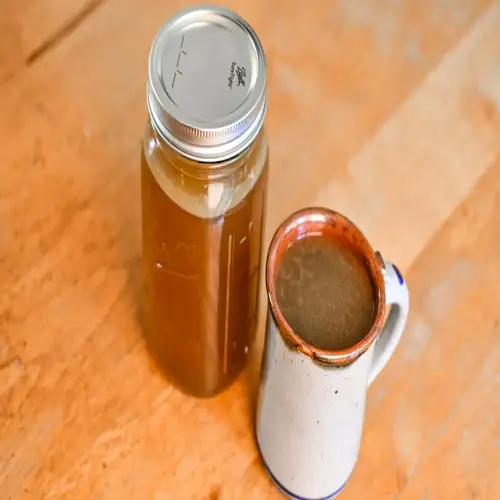Why avoid massage on varicose veins?

Written by
Tran Quang
Reviewed by
Prof. Benjamin Murphy, Ph.D.Varicose veins necessitate additional precautions during massage since the valves are delicate and a blood clot may occur. Suppose pressure were applied directly to these areas. In that case, it is very possible that thrombi could be dislodged or that the wall of the weak vessel might be torn, with serious results. Therefore, therapists will not work on these areas, but will improve circulation using other methods without injuring the ship.
Peripheral Circulation Techniques
- Gentle effleurage above/below affected veins
- Passive joint movements enhancing blood flow
- Lymphatic drainage away from compromised vessels
Positional Adjustments
- Elevate legs above heart level during treatment
- Avoid prolonged pressure points near veins
- Use supportive padding under knees/ankles
Pressure Monitoring
- Apply only feather-light touch directly over veins
- Check skin color changes every 5 minutes
- Stop immediately if discomfort occurs
Vascular anatomy is the reason why varicose veins require special care. Damaged valves prevent the return of blood, so that it may collect. The increased pressure may rupture the already weakened walls or dislodge clots. The application of a particular technique dramatically increases circulation without directly manipulating the veins, which helps to lessen complications.
Therapeutic alternatives promote venous health without risks. Manual lymphatic drainage effectively reduces edema. The use of a compression garment after the session prolongs the beneficial effects. Elevation during treatment favours the return of blood. At the same time, these alternatives will further enhance the effects of the massage while bypassing the vulnerable areas.
Advising before treatment prevents potentially serious complications. You should always inform your therapists about any vein locations before treatment. Mention any medications, especially blood thinners, that can increase fragility. It is also important to disclose a history of phlebitis or clotting disorders. These considerations shape a safe and specially tailored approach.
Monitoring Aftercare identifies potential complications at their onset. Monitor for greater swelling or discoloration after the procedure. Report any persistent pain near your veins. Wear compression stockings as recommended. Hydration helps maintain blood viscosity, which is beneficial for vascular health.
Read the full article: Understanding Deep Tissue Massage Benefits

